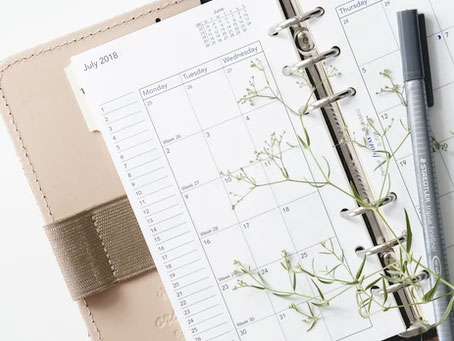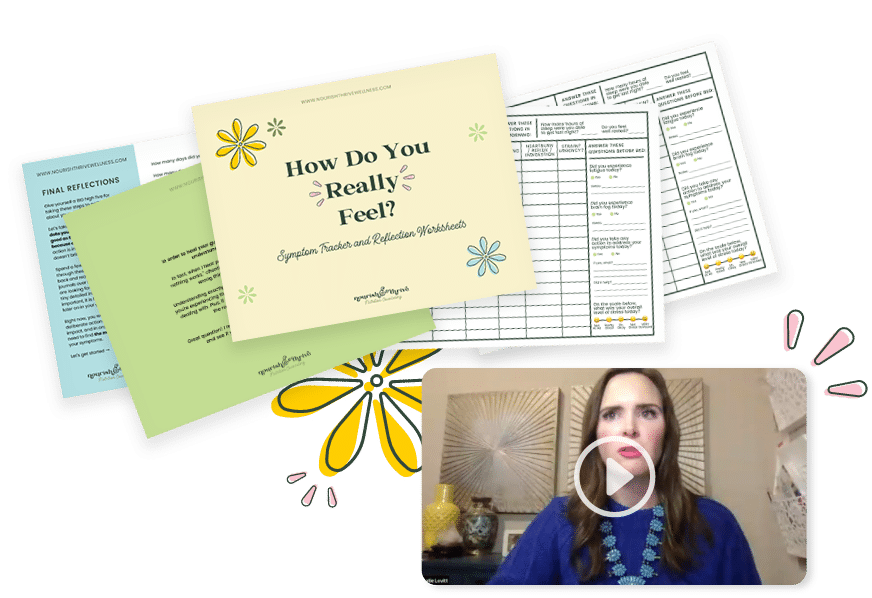
Happy Thursday, Friends! Over the past couple of weeks, there has been a trend coming up in all of my appointments with private clients – everyone is trying to get into their new groove from home, and is pretty much everyone is feeling at a little bit of a loss or even overwhelmed with where to start. I have some real value to add to this conversation, as my husband and I have been working from home for the past 5+ years – so I’ve been there/done that with getting into a work-from-home routine, learning where and how to set boundaries, and finding balance in my daily life. I want to help you all as you navigate these new waters, and provide all the insight I have learned over the past few years. Watch the video below and skim the bullet points below!
Working from home successfully takes intention, reflection, communication and openness, and a little bit of planning. Here is my general process that I follow when developing a daily routine. Before you get into it, I want you to take note of what I just said – I am still in the act of creating daily routines – situations and needs change, so these routines need to be adjusted and tweaked so they can keep serving you and your household well. That’s the biggest rule of this – learn to recognize when something isn’t working, and don’t be afraid to make adjustments. With that, let’s get started!
1. Plan with perspective
After acknowledging that the routine you’re about to lay out will likely need to get adjusted over time, the next step is to understand what needs to get done while also being realistic about your current situation. In order to find perspective and balance, I actually like to categorize all the tasks into family, work, home and “you” categories – acknowledging that each area needs attention helps to keep you from becoming unbalanced, which may lead to resentment and burnout.
2. Prioritize
After writing out all the tasks, it’s time to prioritize. I mark things into categories of what absolutely must get done on a daily basis, what would be nice to get done on a daily basis, and what just needs my attention every few days. You can mark these on the worksheet with different symbols or highlight with different colors – whatever works to help you have a visual.
3. Write down your ideal daily flow
What time will you wake up, what will you do first, when will you take breaks, etc. Then go back and compare this flow with your prioritized task lists – are all categories of tasks getting attention? Do you have time set aside for everything that must get done? Is there anything that can take a lower priority for now? Make any adjustments necessary to make it work for you, and note that some people may have just a general AM/PM list of areas to focus on, and others may have everything broken down to 30 minute increments – do whatever is authentic to you.
4. Try it on for size
You’ve got your tasks and set your daily flow – now it’s time to put it into action! Try out your flow for a couple of days and note how you feel – are you feeling resentment or burnout creeping in? Are you energized or exhausted? What needs to get adjusted? Make adjustments as necessary and try again! Repeat this process as many times as you need to in order to get it right for you.
Being at home all the time can be an adjustment at first, but a schedule will be so helpful in establishing a routine that leads to the life you want to live. Now that you know the steps, it’s time for you to get to work! I would love to hear how you’ve incorporated this information or if you have other tidbits you’ve learned in creating a daily flow that works for you!
That’s all for now,
Katie


